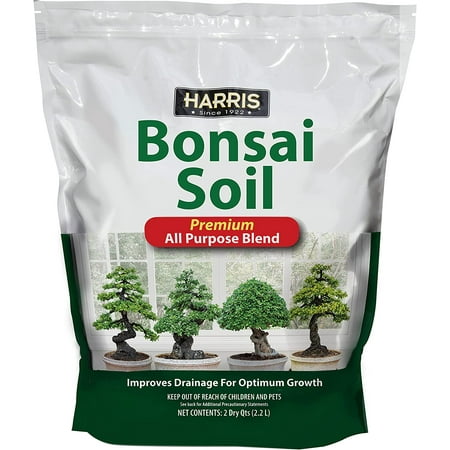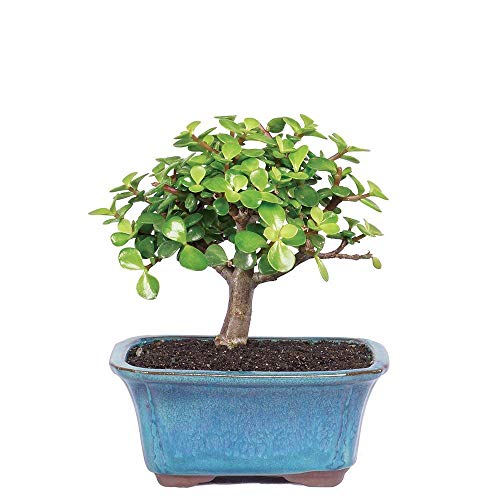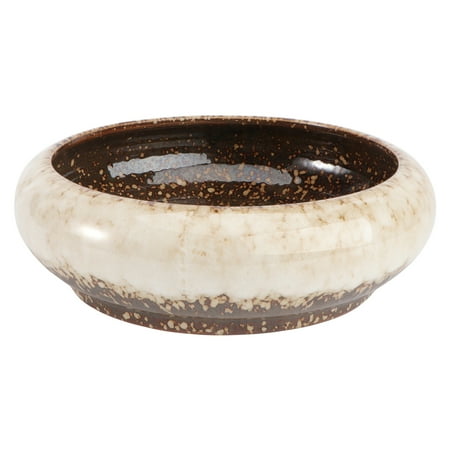How to master the art of growing dwarf jade bonsai trees – the low-maintenance houseplant believed to bring good luck
Growing dwarf jade plants will elevate your indoor jungle


Native to South Africa, dwarf jade plants, also known as Portulacaria afra, have become a popular choice for bonsai enthusiasts in recent years, not least because the species is said to bring luck and fortune to those gardeners who lovingly tend them.
Dwarf jade bonsai trees are notably low-maintenance, thriving indoors with minimal care or attention. This hardy species also responds well to regular shaping and pruning, making them an easy succulent to manage.
So, if you are seeking to elevate your indoor plant collection this year, dwarf jade is one of the easiest bonsai trees to grow that will suit both complete beginners or seasoned bonsai experts. Here, one expert grower from Mississippi reveals all you need to know to learn how to grow dwarf jade bonsai trees.

How to grow dwarf jade bonsai trees indoors
In its native environment, Portulacaria afra can grow up to 10 feet tall, producing a thick trunk with a canopy of oval-shaped succulent leaves. As with all bonsai tree types, when correctly trained, this natural form can be miniaturized, looking particularly impressive when planted in a shallow ceramic dish. Here, we reveal how to get started and care for dwarf jade bonsai trees.
How to get started with dwarf jade bonsai trees

'Several bonsai species are low-maintenance and adaptable, making them ideal for beginners and experts alike,' says Brussel Martin, bonsai expert and owner of Brussel's Bonsai Nursery, based in Mississippi. 'For indoor bonsai growing, however, dwarf jade is one of the best.'
To begin, you need to source a healthy plant and suitable supplies. You want a young specimen with firm, glossy leaves and no signs of damage. Ask at your local plant nursery, or see these dwarf jade bonsai trees available from Brussel's Bonsai Nursery via Amazon.
Next, use a suitable, shallow pan to house your new bonsai tree. Make sure yours has a drainage hole, beneath which you can place a dish to collect any water that drains away. As with all bonsai trees, dwarf jade does not enjoy sitting in waterlogged soils, so using the right dish filled with free-draining bonsai soil is important. Bonsai ceramic pots are available from Amazon.
Design expertise in your inbox – from inspiring decorating ideas and beautiful celebrity homes to practical gardening advice and shopping round-ups.
When grown outdoors, this species enjoys sunshine and warmth, thriving in US hardiness zone 9 plus. So, when growing dwarf jade as bonsai trees indoors, you want to position them away from external doors where the temperature can fluctuate. Do not let temperatures in your home drop below 40°F/5°C.
'In terms of how to grow dwarf jade bonsai trees, they thrive in bright but indirect light, making them perfect as a centerpiece in a room,' Brussel says. Avoid placing them on a windowsill as direct sunshine magnified through a window can damage the foliage. Red edges on the leaves appear when the plant is exposed to high light levels, which is nothing to worry about - just a sign that your plant is happy.
'In addition, remember that these plants are from an arid environment, so water them sparingly, only when the soil is dry to the touch,' Brussel says. This can be every two to three weeks during spring and summer, depending on the conditions in your home, and even less in fall and winter.
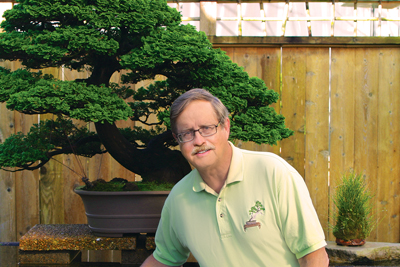
Brussel is the owner and founder of Brussel's Bonsai Nursery, based in Olive Branch, Mississippi, the largest importer and grower of Bonsai trees in the country. The grounds include a 180,000-square-foot greenhouse packed with trees from Japan, Taiwan, China and South Korea.
Ongoing care for dwarf jade bonsai trees
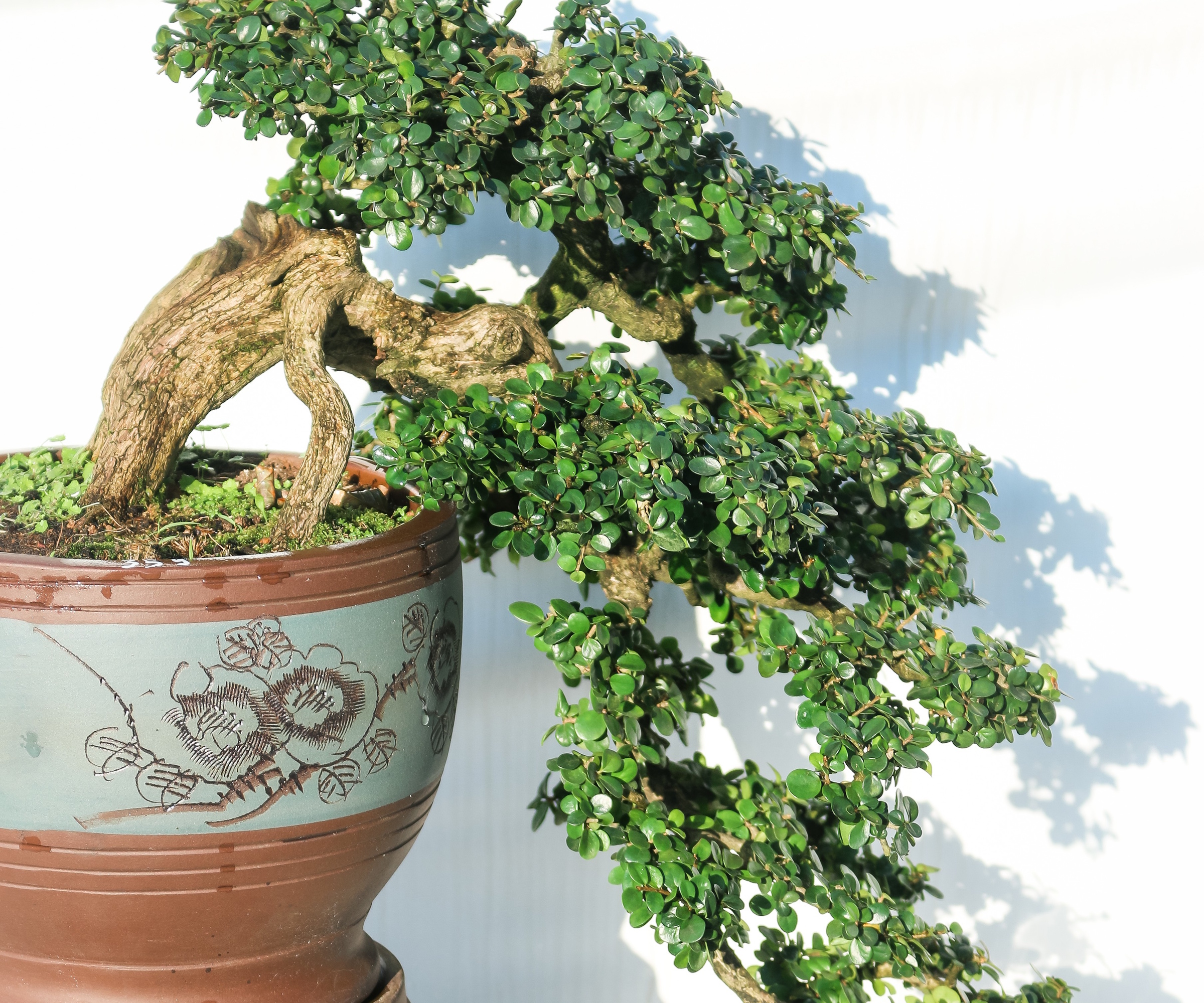
When considering ongoing care for a bonsai tree, dwarf jade trees are incredibly low-maintenance. Unlike other bonsai trees that require wire to shape them, dwarf jade trees generally produce a solid trunk that can happily support the canopy. However, be sure to regularly shape and prune them throughout spring and summer, to keep your bonsai looking good and growing in the desired form.
While dwarf jade bonsai trees can tolerate low light, it is also a good idea to rotate your planter once every two weeks, to ensure that all sides are receiving some light. This will ensure that your bonsai produces even growth on all sides.
In terms of how to water plants, keep an eye on the soil during spring and summer, as indoor pots will frequently dry out during the warmer months of the year. One effective method is to submerge your bonsai planter in a bucket of water, allowing the soil to soak for 15 minutes once every two or three weeks. Be sure that the water can then drain away and that the drainage hole is not obstructed.
Apply a balanced, diluted fertilizer every four to six weeks during the growing season to provide your plant with all the nutrients it needs. While they can survive for long periods without additional feed, doing so every two months will give your plant a boost. Bonsai fertilizer is available from Amazon. Avoid fertilizing during fall and winter, when the plant enters its dormant phase and is not actively growing.
Finally, while you can move your dwarf jade bonsai tree outdoors on warm, sunny days, be careful not to shock your plant. In summer, you can move your plant outside for a few hours of gentle, warm sunshine in the morning, but avoid doing so during the heat of the day in the afternoon.
FAQs
What are the white marks on my dwarf jade bonsai tree?
Dwarf jade bonsai trees are generally resilient, but as with any indoor plants, they can occasionally attract pests. If you notice white patches or marks at the leaf joints, it could be mealybugs. These sap-sucking scale insects can be treated with an organic neem oil, available from Amazon, which should be done in an open, ventilated environment. Quarantine infested plants until you have cleared any pests.
For another plant option, consider learning how to grow Japanese maple bonsai trees. While Japanese maple trees, or Acer palmatum, are traditionally woodland plants, they make for ideal miniature bonsai trees when grown outdoors. Our guide has all the information to help you succeed.

Thomas is a Content Editor within the Gardens Team at Homes and Gardens. He has worked as a professional gardener for both public spaces and private estates, specializing in productive gardening, growing food and flowers. Trained in Horticulture at the Garden Museum, he has written on gardening and garden history for various publications, including The English Garden, Gardens Illustrated, Hortus, The London Gardener and Bloom. He has co-authored a Lonely Planet travel book, The Tree Atlas, due out in 2024.
